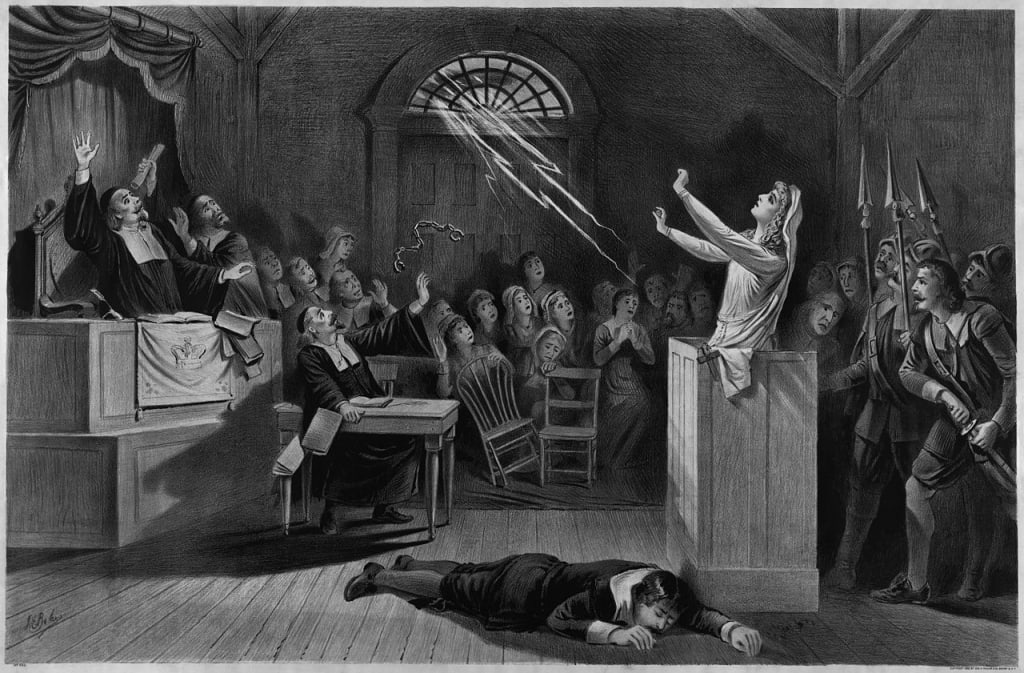Womanhood and Witchcraft
A campaign of fear led to the curtailing of feminine freedoms. Can we learn anything from the past?

My town still bears the scars of its past. Tucked away in the form of plaques on walls and sculptures in parks, memorials record the names of those tried and executed here for the crime of witchcraft. Everyone who lives here knows the history of the area, but it’s not the only place with a bloodthirsty history.
Between the 15th and 18th centuries, the church began exerting its considerable influence over the lives of those they deemed to be threats. It was not limited to Catholicism, although the Pope gave his approval for witch trials to be carried out in Europe. In post-Reformation Britain, the Protestant Church’s persecution of Catholics bled into investigations of witchcraft. It is thought that the Pendle Witches, accused (among other things) of attending a Sabbat at Malkin Tower, had in fact been attending an illegal Catholic mass.
In the early days of witch-hunting, gender was less of a factor in whether or not a person would be accused. But as the church began to persecute those who appeared to defy their authority, the people sent to the gallows were almost always women — and if they were male, they were usually sent there because of their connection to a woman.
Were the witch trials an example of the outright misogyny that was so prevalent? The church clearly recognised womanhood as a powerful thing; a dangerous, subversive thing that they could not fully control. Stepping out of your religiously enforced role — even slightly — was what made the church twitchy, and you might find yourself accused of witchcraft before you could get too out of line. Possible actions that could land you in the dock included:
- Being stubborn, gossiping, or failing to get along with people such as your neighbours — or your husband.
- Being single.
- Congregating with other women without male supervision.
- Following ancient female knowledge, such as the art of herbs.
- Being in tune with your sexuality.
- Knowing how to control your own fertility, or inducing an abortion.
- Not following the Bible in a manner approved of by the dominant church.
As can be seen from the list, independence, knowledge, and freedom were seen as a very real threat. In a male-dominated world, it was only possible to cling on to this power if women were pushed down — meaning there had to be brutal retribution for any woman who dared express her womanhood in a way that wasn’t male-approved.
Just as today’s media stirs up hysteria against certain groups of people, the church was able to stir up hysteria against those they didn’t like. Often this was fed down the line, so the fears of an illiterate, ill-informed populace would do most of their work for them. Feed people false facts, and you retain the upper hand.
Whilst our ignorant, fear-fuelled behaviour centuries ago is certainly to be condemned, it is a lesson worth remembering. After all, the modern world has a short memory, and some of our media outlets — and politicians — echo the views of those who wish to retain control.
We must always be cautious of negative labels. The witch is inhuman; devil-spawn. Remove the label, and she is a woman — an innocent woman guilty of nothing more than breaking out of her societal mould.
Four centuries on, the witch trials remain a valid lesson.






Comments
There are no comments for this story
Be the first to respond and start the conversation.